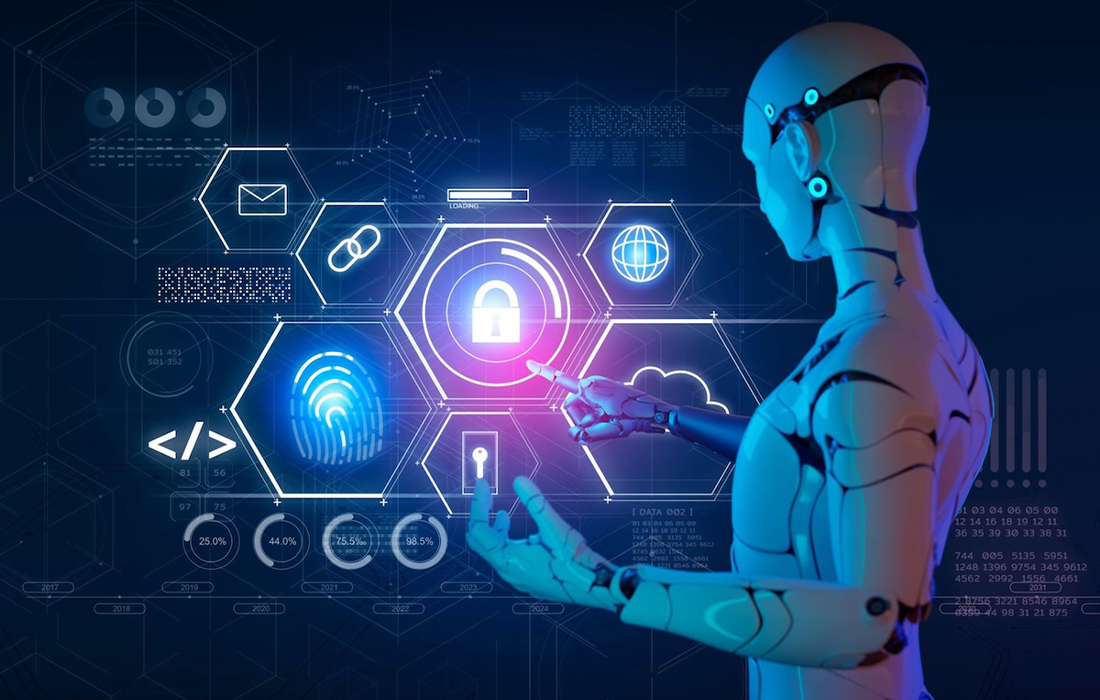
Understanding the Role of AI in Modern Security Systems
Artificial Intelligence (AI) is transforming various industries, and security is no exception. Modern security systems are leveraging AI to provide enhanced protection, efficiency, and reliability. From real-time threat detection to predictive analytics, AI is revolutionizing how we secure our homes, businesses, and critical infrastructures. Here’s a comprehensive look at the role of AI in modern security systems.
1. Real-Time Threat Detection and Response
One of the most significant advantages of AI in security systems is its ability to detect threats in real-time. AI-powered cameras and sensors can analyze video feeds and sensor data to identify unusual activities or potential security breaches. Unlike traditional systems that rely on predefined rules, AI can learn and adapt to new threats, providing a more robust and proactive security solution. When a threat is detected, AI systems can trigger alerts, lock doors, or initiate other automated responses to mitigate risks immediately.
2. Enhanced Surveillance Capabilities
AI enhances surveillance by improving the accuracy and efficiency of monitoring systems. AI-powered cameras can recognize faces, license plates, and even behaviors, enabling more precise identification and tracking of individuals. These systems can filter out irrelevant movements, such as swaying trees or passing animals, reducing false alarms and ensuring that security personnel can focus on genuine threats. Additionally, AI-driven analytics can provide insights into patterns and trends, helping organizations optimize their security strategies.
3. Predictive Analytics
AI’s predictive capabilities are transforming security management. By analyzing historical data and identifying patterns, AI can predict potential security incidents before they occur. For example, AI can forecast the likelihood of a security breach based on past incidents, environmental factors, and other variables. This predictive insight allows security teams to take preemptive measures, such as increasing patrols in vulnerable areas or adjusting security protocols, to prevent incidents from happening.
4. Automated Access Control
AI is revolutionizing access control systems by automating and enhancing the verification process. Traditional access control methods, such as key cards or PINs, can be compromised or misused. AI-driven systems use biometric data, such as facial recognition or fingerprint scanning, to ensure that only authorized individuals can access secure areas. These systems can also learn and adapt to individual behavior, providing an additional layer of security by identifying anomalies in access patterns.
5. Cybersecurity Enhancement
AI plays a crucial role in cybersecurity by identifying and responding to threats faster than traditional methods. AI algorithms can analyze vast amounts of data to detect unusual activities, such as unauthorized access attempts or malware infections. Machine learning models can learn from each incident, improving their ability to recognize and counteract new types of cyber threats. AI-driven cybersecurity tools can also automate routine tasks, such as patch management and threat hunting, freeing up security professionals to focus on more complex issues.
6. Improved Emergency Response
AI enhances emergency response capabilities by providing real-time information and analysis during critical situations. AI-powered systems can process data from various sources, such as cameras, sensors, and social media, to provide a comprehensive view of the situation. This information can help emergency responders make informed decisions and coordinate their efforts more effectively. For example, AI can analyze footage from a fire scene to identify trapped individuals or predict the fire’s spread, enabling faster and more efficient rescue operations.
7. Integration with IoT Devices
The integration of AI with Internet of Things (IoT) devices creates a more interconnected and responsive security ecosystem. AI can analyze data from IoT sensors, such as motion detectors, door sensors, and environmental sensors, to provide a holistic view of the security environment. This integration allows for more sophisticated automation and coordination between different security components, enhancing overall effectiveness. For instance, if an IoT sensor detects a window being opened, AI can cross-reference camera feeds to verify the event and trigger an appropriate response.
8. Personalized Security Solutions
AI enables the creation of personalized security solutions tailored to the specific needs of different environments. Whether it’s a small business, a large enterprise, or a residential property, AI can customize security protocols based on the unique characteristics and requirements of the space. This personalization ensures that security measures are both effective and efficient, addressing specific vulnerabilities and optimizing resource allocation.



